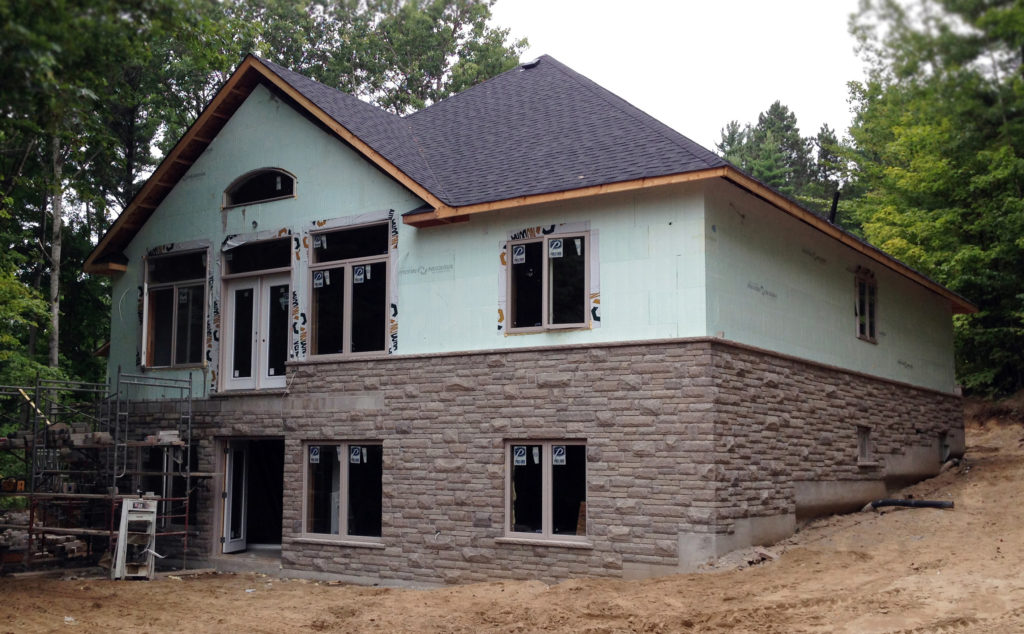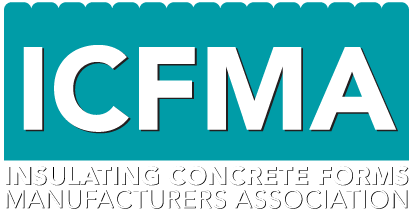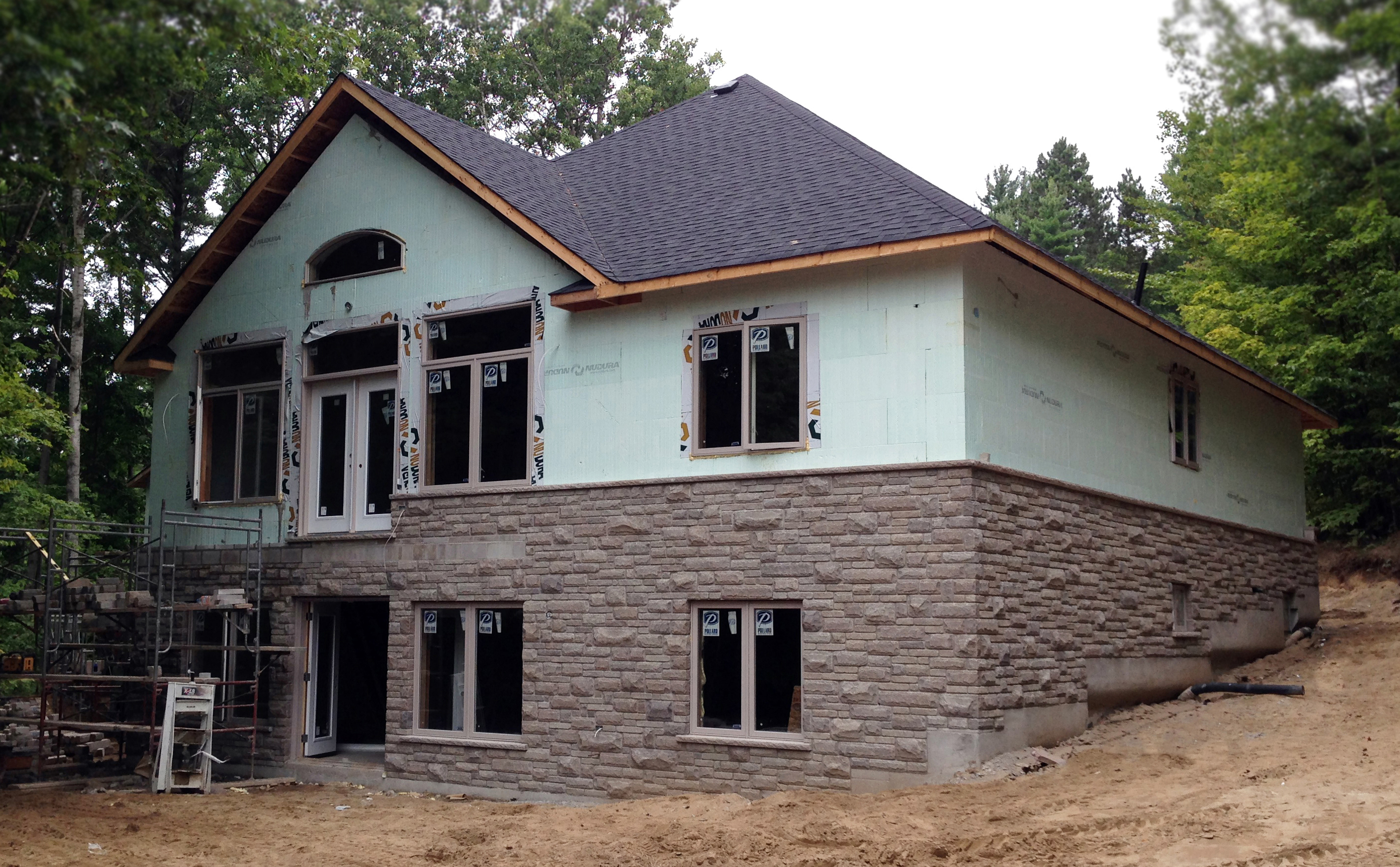
The use of insulated concrete forms (ICFs) is gaining momentum in the building industry. Boasting a variety of advantages, it is being adopted as the new standard for the construction of various types of buildings from single family homes to hotels and commercial structures. Builders, designers and architects are embracing this technology to keep their buildings as energy-efficient as possible while saving on construction time and costs. Nonetheless, several myths and misconceptions persist even today.
Common myths regarding ICF construction
No, ICFs are not only used for basements. Just like this misconception, there are several other myths that persist. Following are the most common that rapidly need to be busted:
Too complicated
Just like with any other construction techniques, ICFs should be installed by professionals. The truth is they are even easier for DIY than wood. According to Keven Rector at NUDURA, the manufacturers of an advanced version of the insulated concrete form (ICF), builders receive many workplace benefits using their system. “Built like Lego, the pre-assembled, interlocking blocks assure adherence to recent building code requirements; the ICFs require less shipping space and manpower than other methods; and the construction time is much faster than building with wood. Time-strapped builders and eager homeowners benefit equally from this efficiency,” he explained.
Only underground rooms are safe
The truth is, buildings made of ICF from the basement to upper floors are very resistant to natural disasters such as hurricanes, tornadoes, earthquakes and even fire, unlike wood structures. These buildings built according to FEMA guidelines can withstand a F5 tornado with wind-resistance of up to 402 kilometers per hour (250 mph).
ICFs are only effective for cold climates
ICFs are perfect for both hot and cold climates thanks to their insulating properties. As a result, you will need less energy for mechanical heating and cooling, delivering cost savings throughout the year. Since they are not made
of organic material, there is no risk for the propagation of mold thriving on humidity.
ICF built homes are an eyesore
Homes made of ICFs can look just like any other house. The outside surfaces can be finished with brick, stone, vinyl or wood siding or in more modern concrete styles while the inside can feature unique designs and creative architectural shapes for attractive doors, arches and bay windows. More information is available at www.nudura.com.







